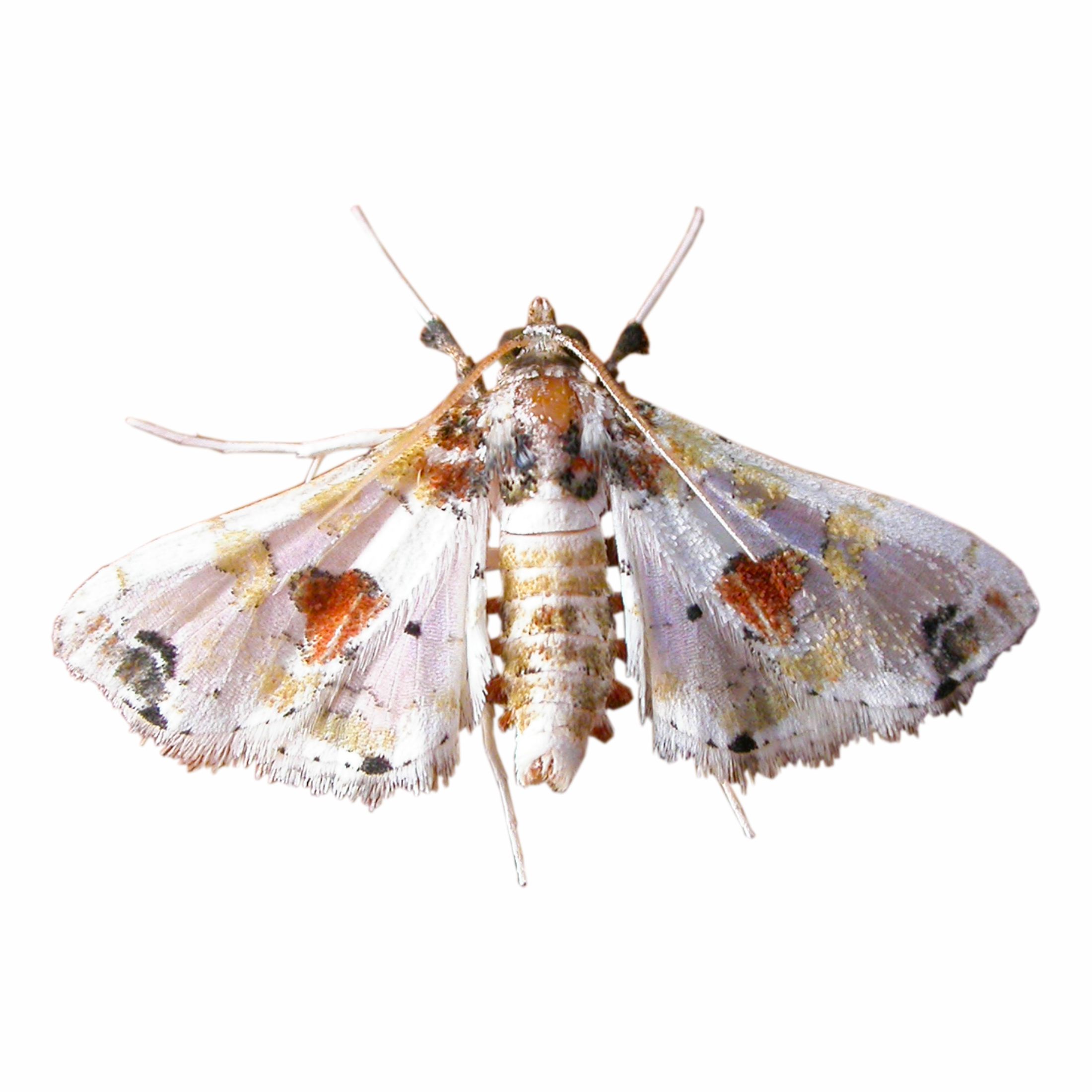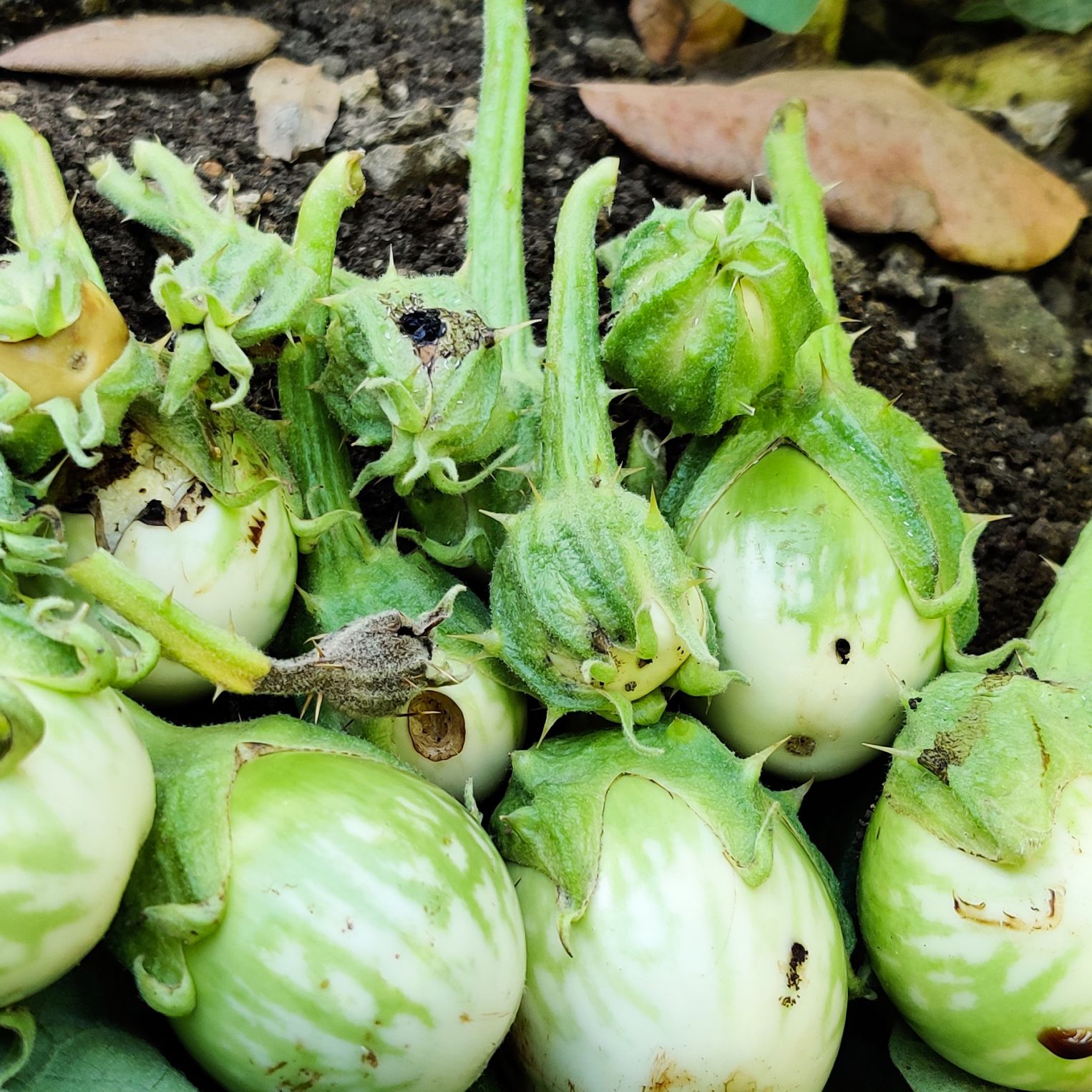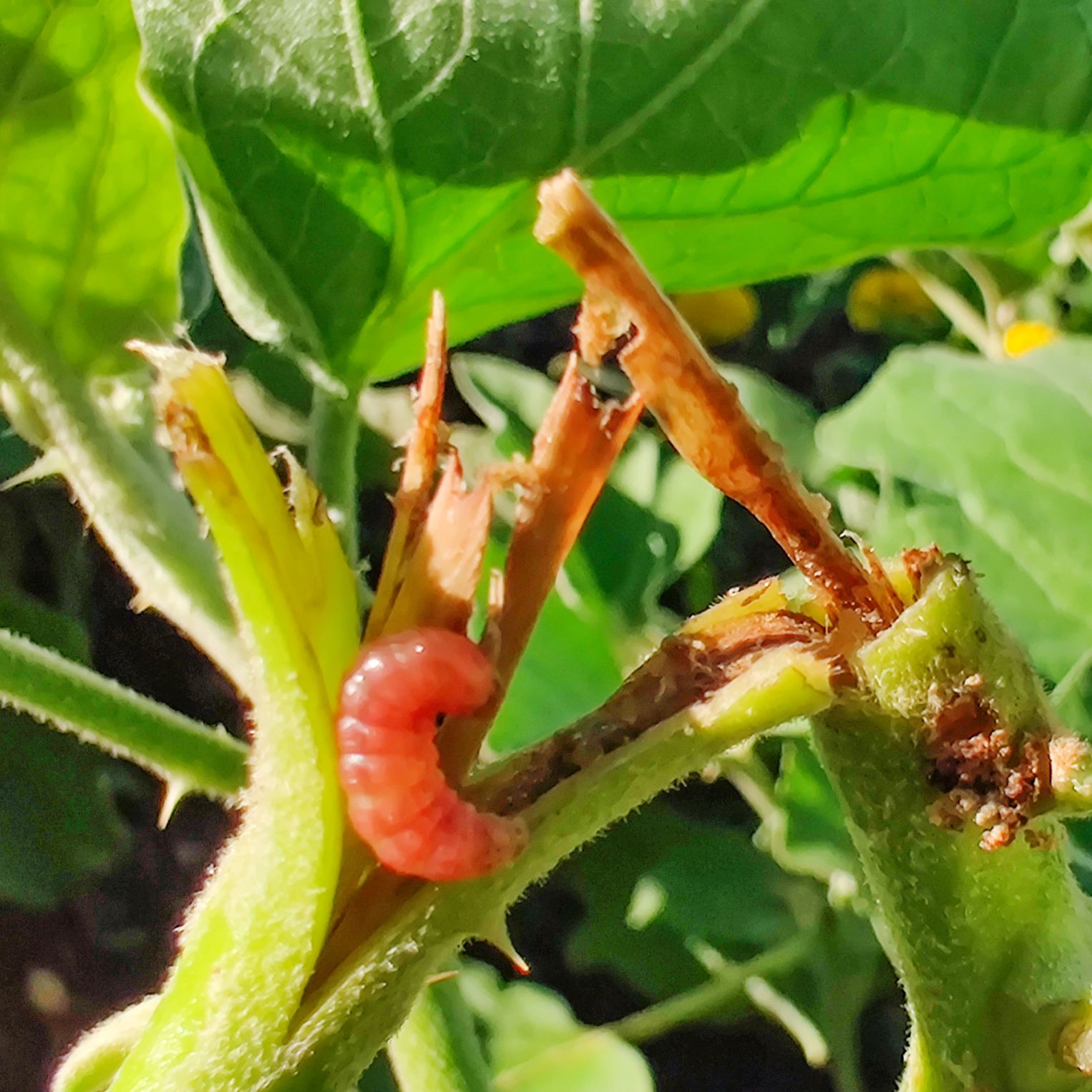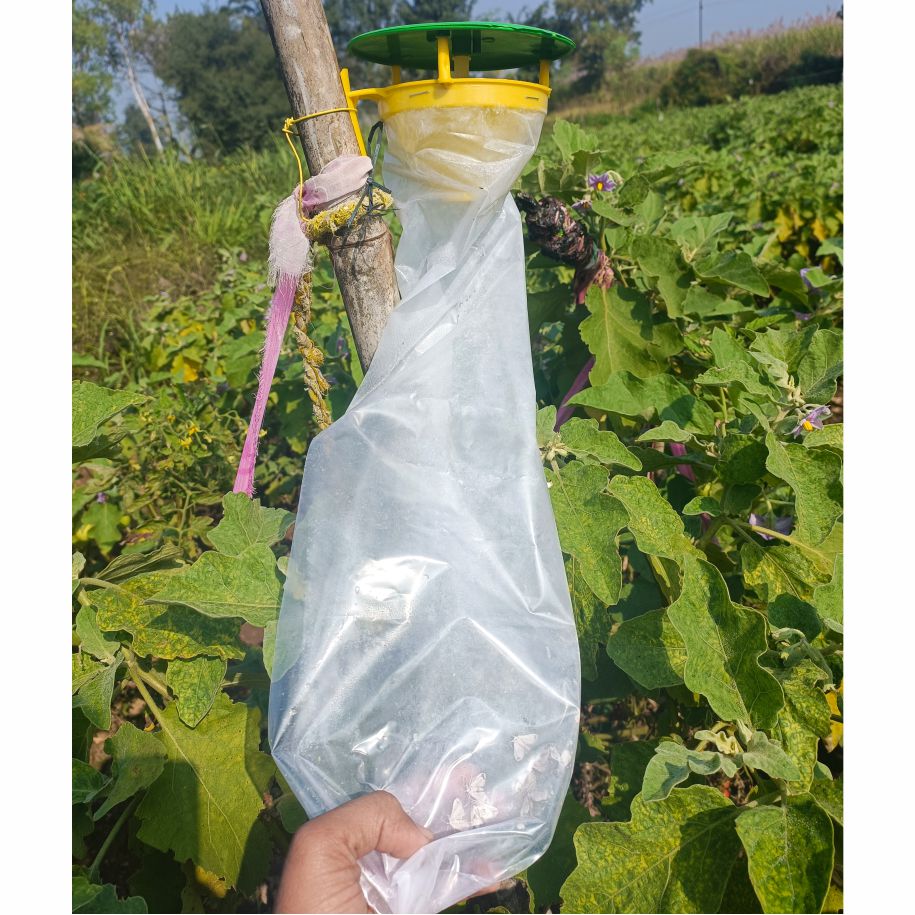Brinjal Lure Leucinodes orbinalis - Pack of 10
Brinjal lure attracts male moths of Brinjal Shoot-Fruit Borer. Use It with Funnel or water Trap and control infestation of Shoot-Fruit Borer in brinjal
₹ 339.00
₹ 500.00
You save (32%)
Excl. GST
Product Detail and Specifications
The egg plant fruit & shoot borer or commonly known as Brinjal fruit-shoot borer is a insect species in the genus Leucinodes. It is found throughout the tropics in Asia and Africa. Brinjal fruit & shoot borer (BFSB) is a very important pest on brinjal and is one of the main impediments to brinjal production. It is an internal borer which damages the tender shoots and fruits. The yield loss varies from season to season and from location to location. It can also attack other crops such as other Solanaceae (e.g. potato, tomato).
Attracting Insect Species: Brinjal Fruit and Shoot Borer(Leucinodes orbonalis)
Suitable trap for Brinjal Lure: Funnel Trap OR Water Trap
Used In Crop: Brinjal
Damages:
It is the most important and destructive pest of brinjal in India. Sometimes, it also seriously infests potato crop. Damage to the plant is caused mainly by the larvae, which bores through the terminal part of the midrib of large leaves and tender shoots to cause “dead hearts”. Later on, it also enters into flower buds and fruits. The infested terminal shoots and fruits ultimately drop out. The pest can cause 70 to 100% damage to the brinjal crops and up to 40% damage to the potato crops
Life Cycle:
Adult female lays about 250 eggs after copulation, within two to five days of their emergence. The eggs are laid singly on the surface of the tender leaves, shoot or fruits of the host plant during mostly in March-April. The eggs are white and flat in appearance. Within 3 to 5 days larvae hatch out from the eggs. The larva enters the plant tissues immediately after hatching . Larva complete five instars to become fully matured. The fully grown larva is stout, pink colored with brown head. The matured larva comes out of the host tissues and forms pupa among the fallen leaves or on the surface of stem and fruits of the host plant. Pupation occurs inside a grey, tough cocoon. The pupa stage lasts for 6 to 8 days, after that adult appears. The adult moths live for two to five days. The life cycle completes within 21-43 days depends on environmental conditions. There are five to eight overlapping generations in their active phase in a year. During winter the larvae hibernates inside the soil.
Pest Identification:
The adult is grayish white moth with brown spots on hind wing . The Fore And Wings are provide with marginal hairs an bears pinkish -brown spot the above size 20 mm across the spared wings. The fully grown larva is stout, pink colored with brown head and 2-4cm in length. Larval stage shows 5 Instars.
Technology:
Insect Sex Pheromone Technology. It is the process of attraction and trapping the insect pest of specific Species those damage to crops.
Per Acre Use:
Water Trap or Funnel trap with Brinjal lure at 10/acre for better management.











